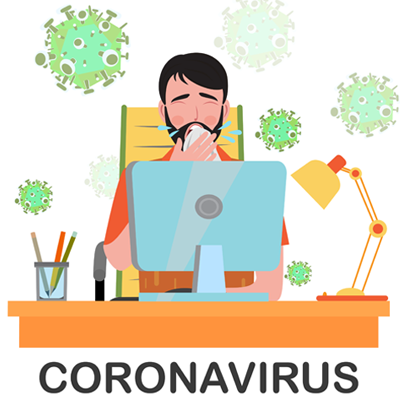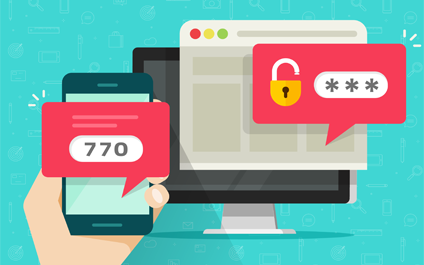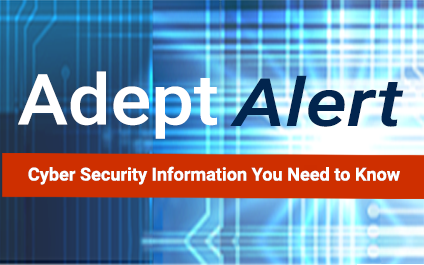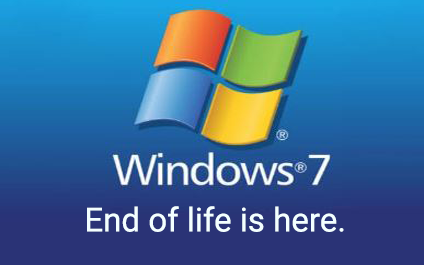Our office is adopting guidelines from the World Health Organization to prevent the spread of COVID-19 and other illnesses.
Below are a few of their recommendations.
Surfaces and objects need to be wiped with disinfectant regularly.
Put sanitizing hand rub dispensers in prominent places around the workplace.









